Chinese researchers have recently revealed that large-scale afforestation has helped enhance precipitation on China's Loess Plateau by intensifying the atmospheric water cycle.
The latest study advances the understanding of how afforestation affects regional climate from a precipitation recycling perspective and supports sustainable afforestation strategies, according to the researchers from Lanzhou University.
Afforestation is a suitable approach to control soil erosion, but it consumes extra water resources and affects local precipitation.
China has carried out extensive afforestation on the Loess Plateau to mitigate severe soil erosion, and therefore, it is essential to study how the atmospheric water cycle responds to large-scale afforestation in the context of climate change.
Using a dynamic precipitation recycling method, researchers from the Institute of Green Development for the Yellow River Drainage Basin of Lanzhou University explored changes in precipitation recycling and components of the atmospheric water budget of the Loess Plateau.
According to the study findings, the Loess Plateau has gained more atmospheric moisture following extensive afforestation.
Mass afforestation has also resulted in changes that favor precipitation formation such as a more humid environment, stronger moisture convergence and an increase in clouds, among others.
The findings have been published in the Journal of Geophysical Research: Atmospheres.









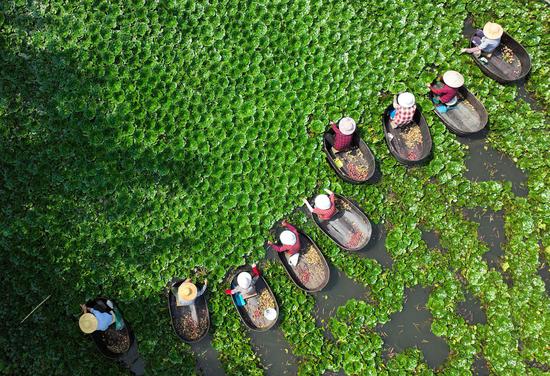




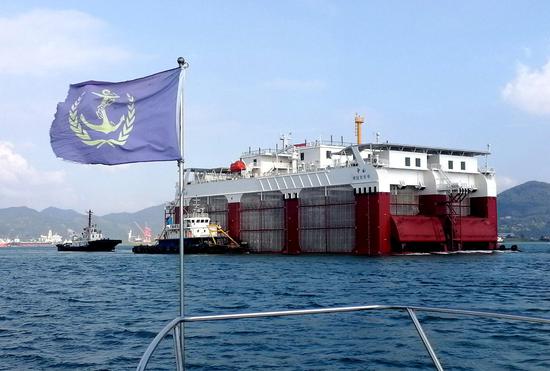


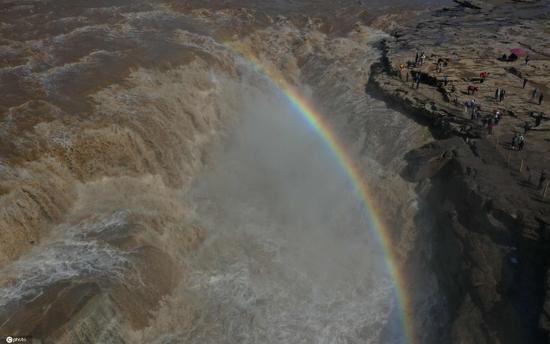

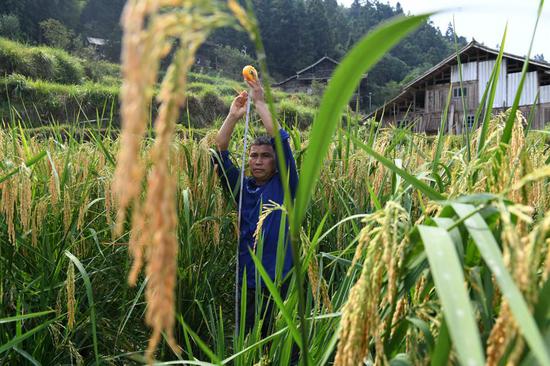



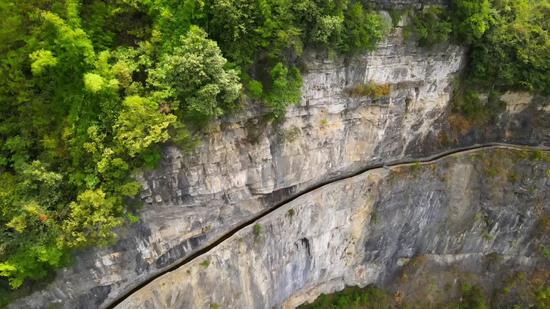

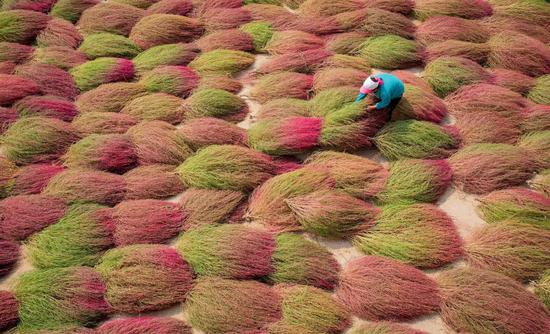

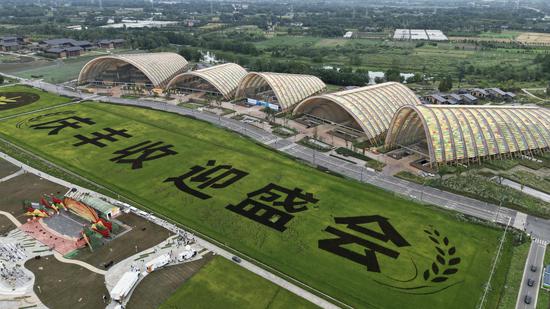
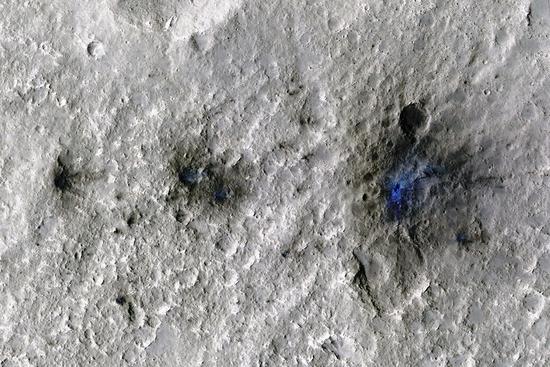
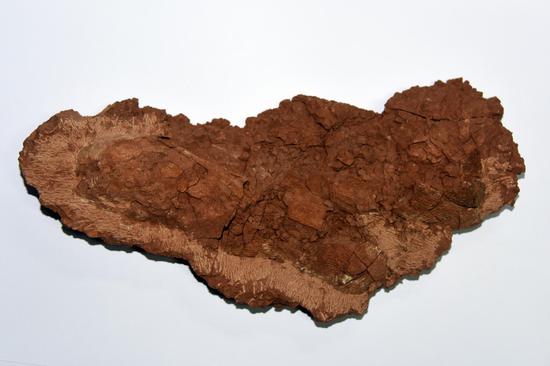

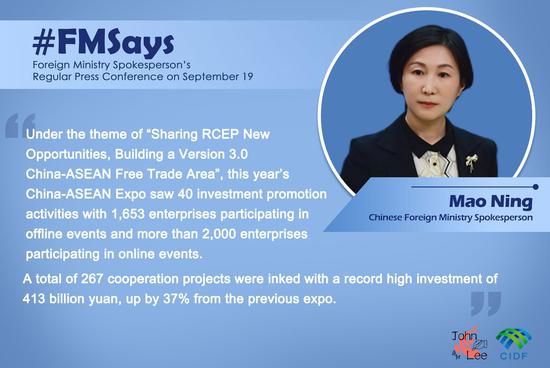
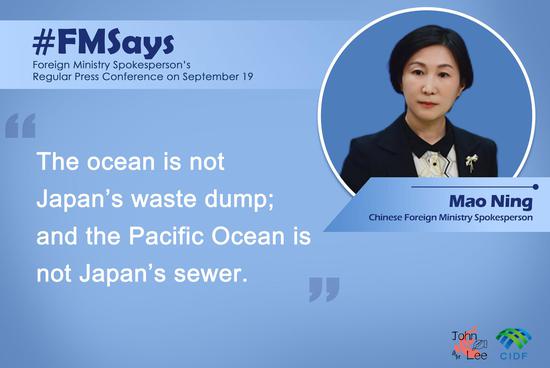


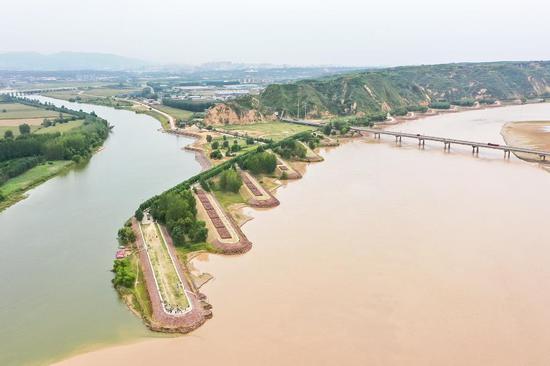




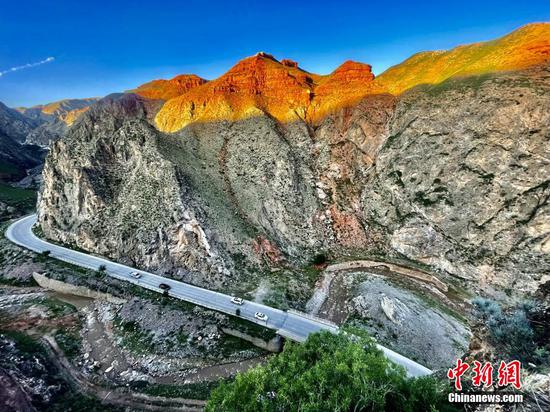









 京公网安备 11010202009201号
京公网安备 11010202009201号